Wednesday, 27th March
More light rain falls during the night and Steven and I are dutifully at the gate in the dark at 5am. At 5.30am we take off up the Sabie River road H4-1 headed for Nwatimhiri (S21). The air is cool and still and the sky heavily overcast.
Nwatimhiri is sometimes known rather as “hot and weary” which I suppose it may be in the middle of a long, hot day. Early on a morning such as this, it is anything but. The grass is wet and we are just willing a leopard to be on the dry road but all is quiet. This exquisite road just epitomises the bushveld with its picturesque road winding through trees, grasses and occasional streambeds. We stop at the pond some 4Km along the road for coffee and note that it is so full that the water is pushing back into the bushes. But it is, like Leeupan, choked with grass and there is little open water. A few white-faced ducks are present.
A lovely Verreaux’s Eagle-Owl flies off just as Steven and I are focusing on him. Just short of the large granite koppie towards the end of the road, Steven picks out a black-maned lion lying in the long grass.
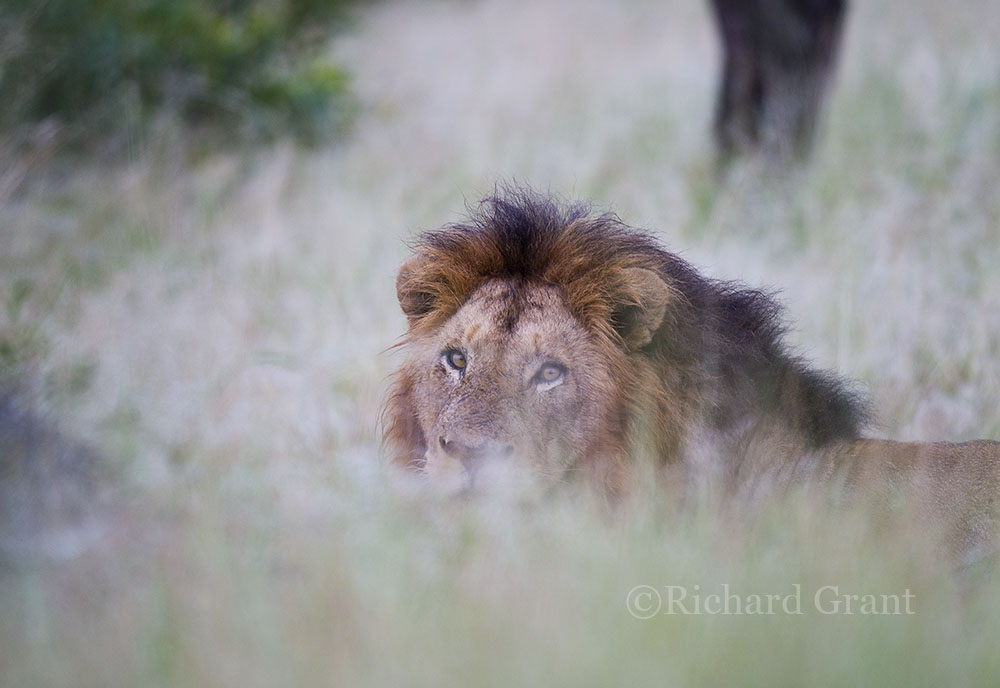
Before long he begins roaring and he is joined by two more unseen lions in the bushes beyond.
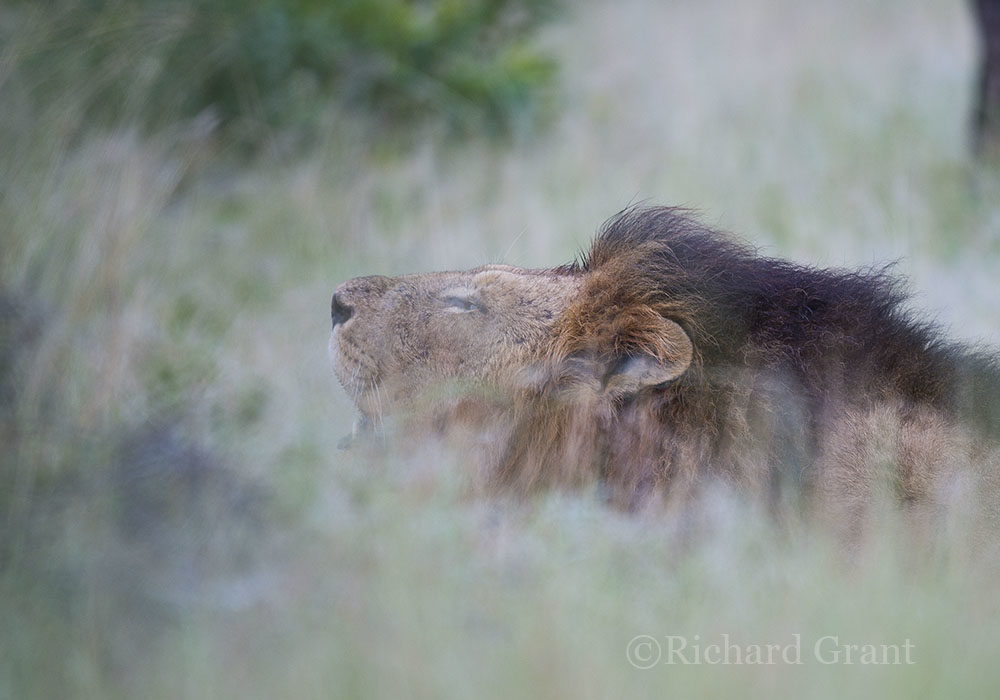
After a while he stands up and glares at us through the grass.
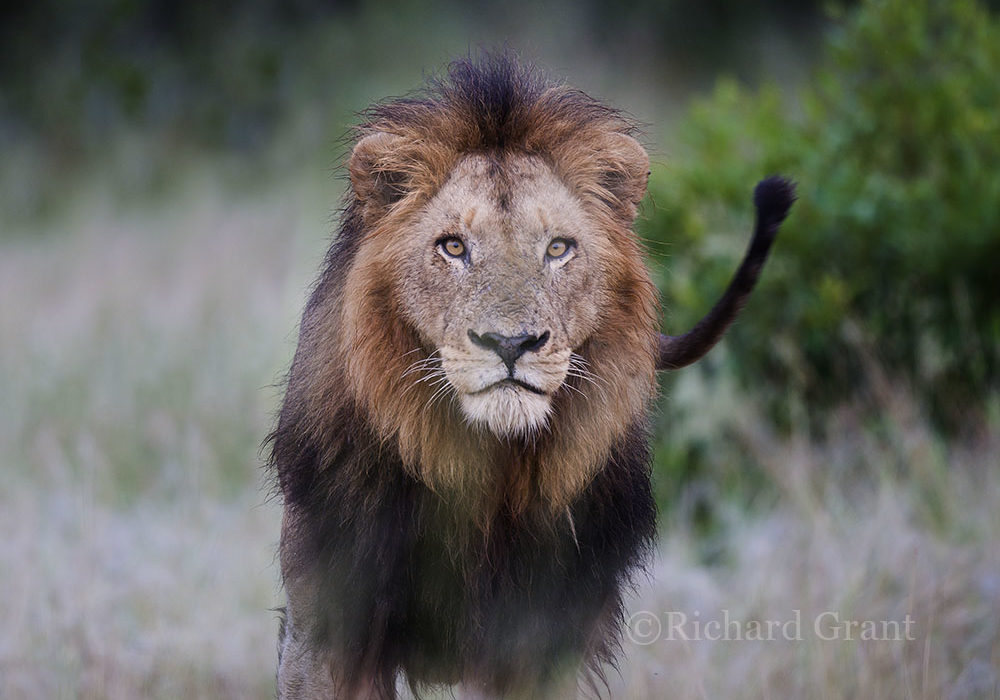
He then pushes through the tall wet grass towards us and comes onto the road right next to the Quantum.
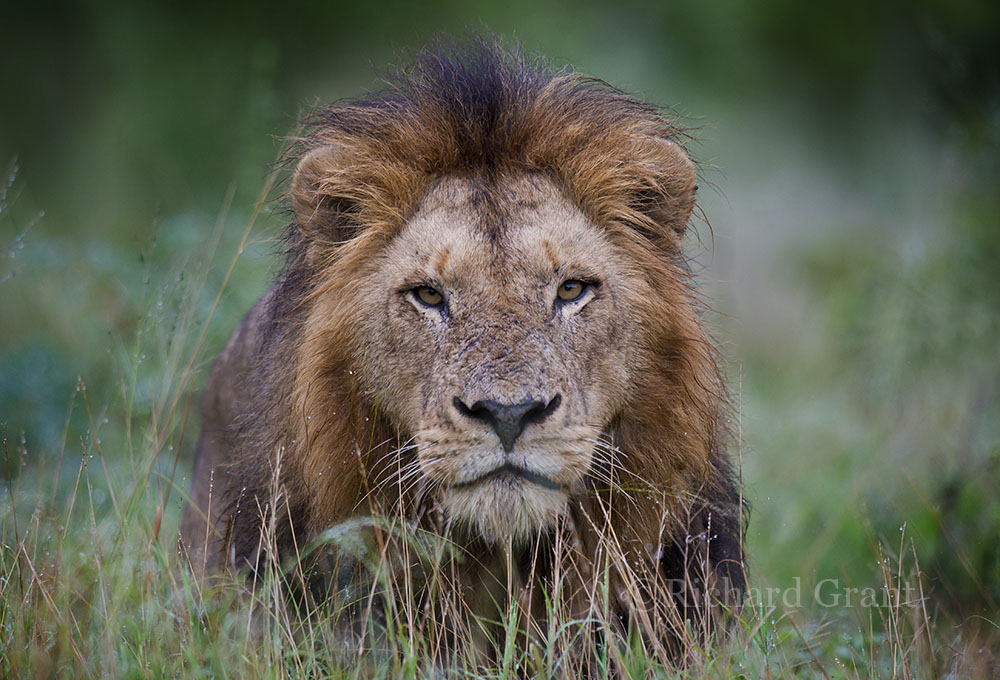
He is followed by his two companions and all three of these majestic animals stroll along the road with only us as their companions.
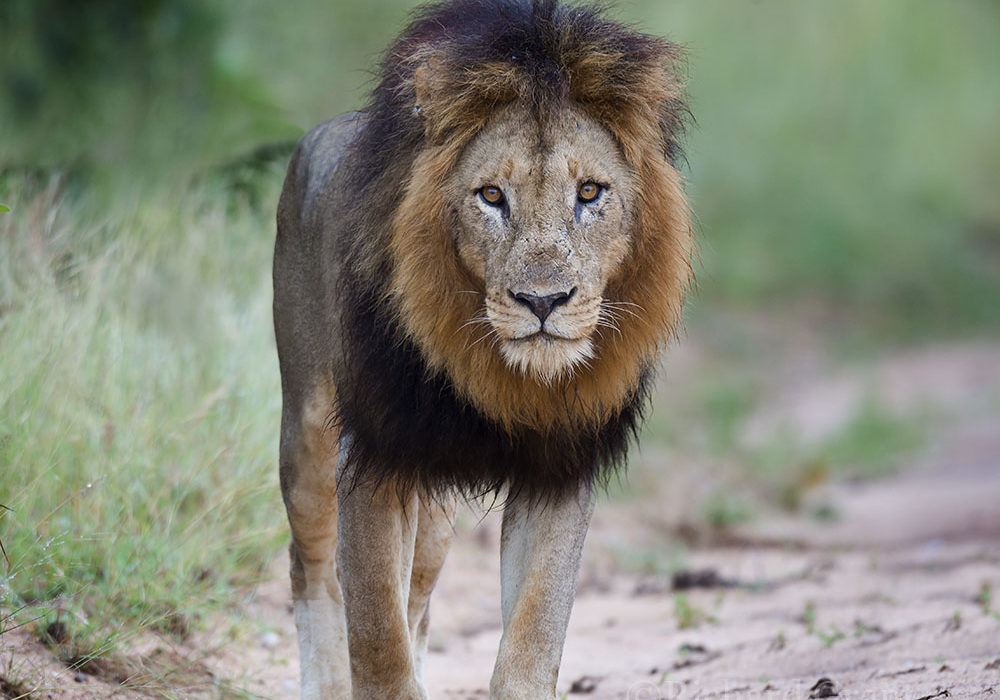
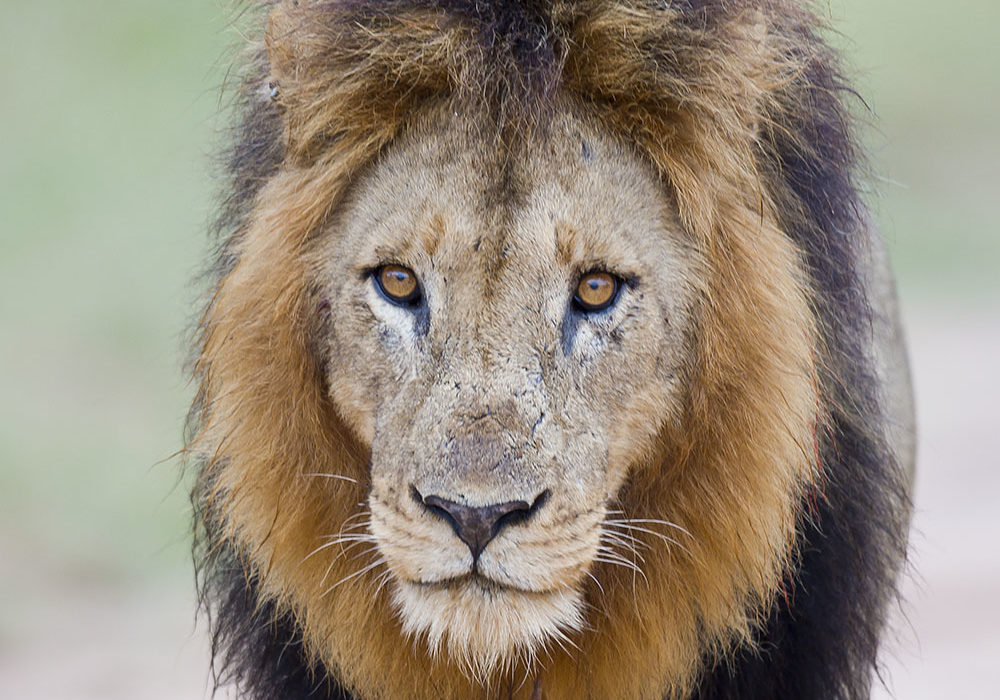
These big male lions are always so impressive and we very luckily had a grandstand view of them. A little further along the road we meet some vehicles hurrying towards us as they had heard the deafening roars from afar.
You may recall that I have made mention of Bob and Katrin, a US/Swiss couple who we met again up north. Last night we received an email from them updating us on their experiences on the Naphe Trail which they have just completed. Tragically they came upon a poached rhino with its horn removed. I suspect that the rhino situation is even more serious than we are led to believe. After eight weeks in the Park we have not seen a trace of a rhino. The Nwatimhiri road is usually lined with rhino middens but today not one is to be seen. In KZN I read today that three people were convicted of rhino poaching TEN YEARS after the event and during which time they were out on bail. What hope is there for these wretched animals when we deal with these criminals in such a gentle manner.
Steven and I then head past Stevenson-Hamilton kopppies, past Skukuza and then crawl down the Sabie river road (H4-1) enjoying bits of interest all along the way. At the high level bridge over the Sabie we again find a pair of resident Harrier-hawks and spend a good hour photographing them.
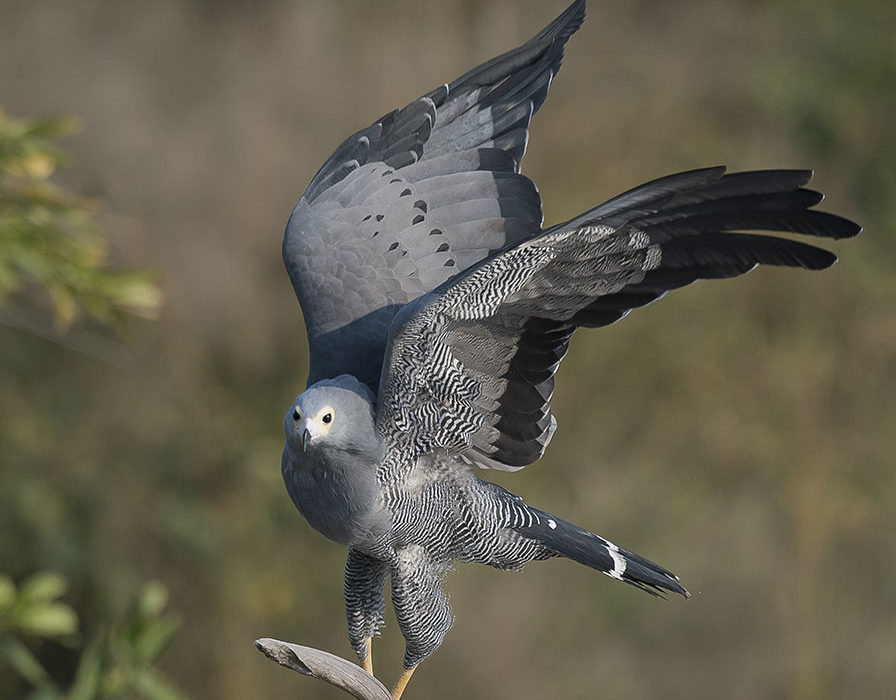
This evening we go down to Gomondwana and then the Duke water point. There is so much water everywhere and the grass is beautifully long. The weather is now really autumnal and the heat of summer is behind us. We spend a really enjoyable time photographing the grassland birds.
I must explain that bird photography is really difficult. To get a bird to sit at the right angle in the best light or setting is difficult enough – let alone getting him to sit still. All of which makes a final good shot that much more rewarding. So even though the sum total of a morning’s efforts is sometimes pretty meagre, it does not mean that I have not thoroughly enjoyed an action packed time trying my level best to get my shot.

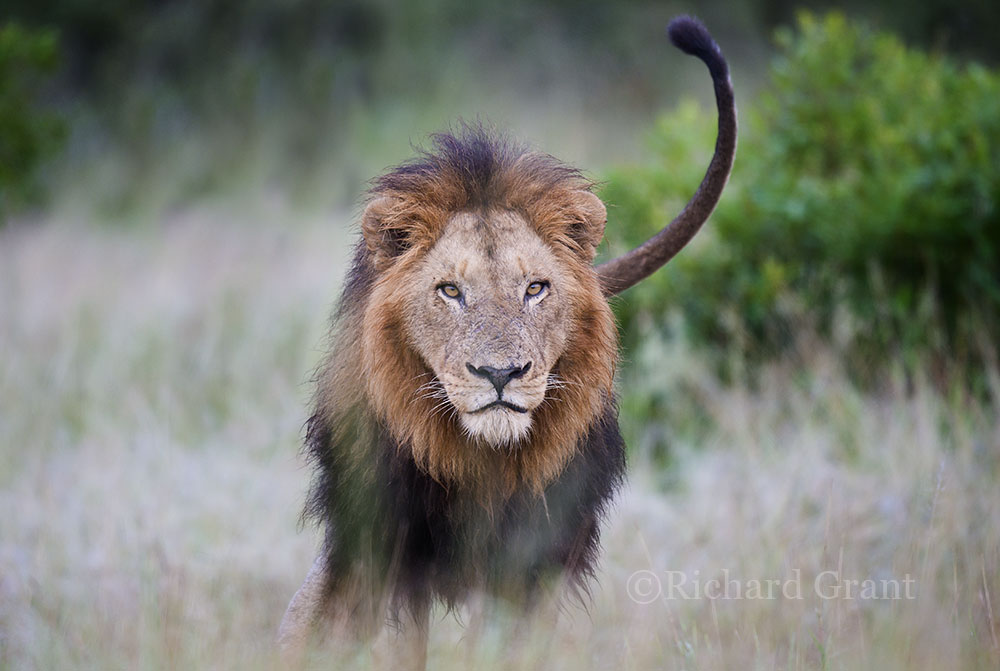

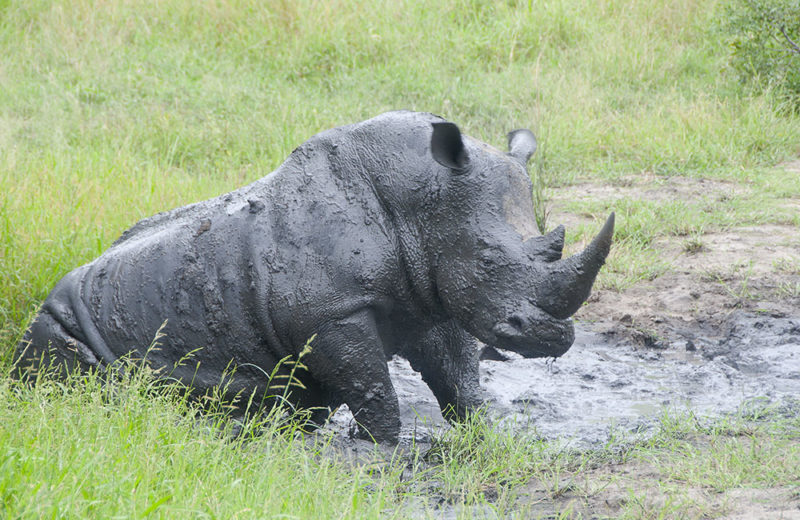
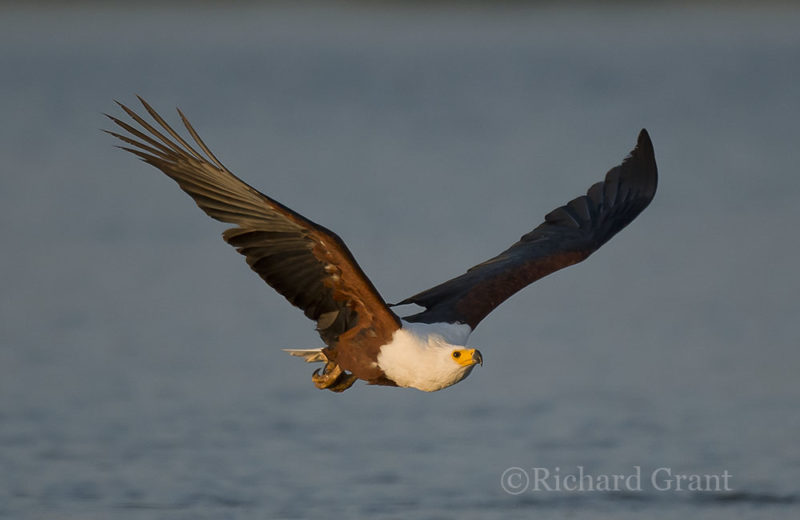
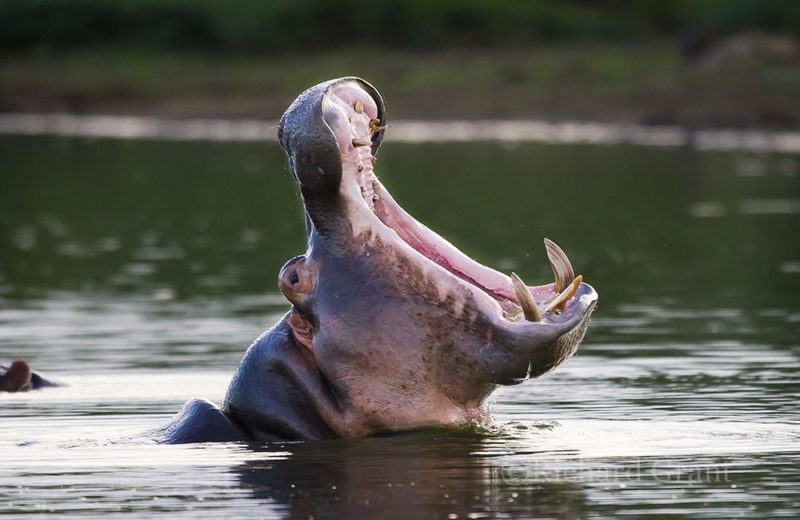
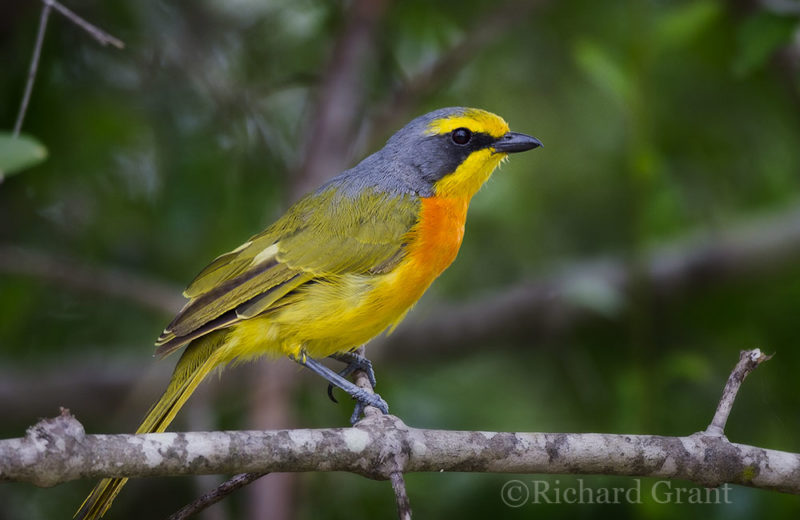
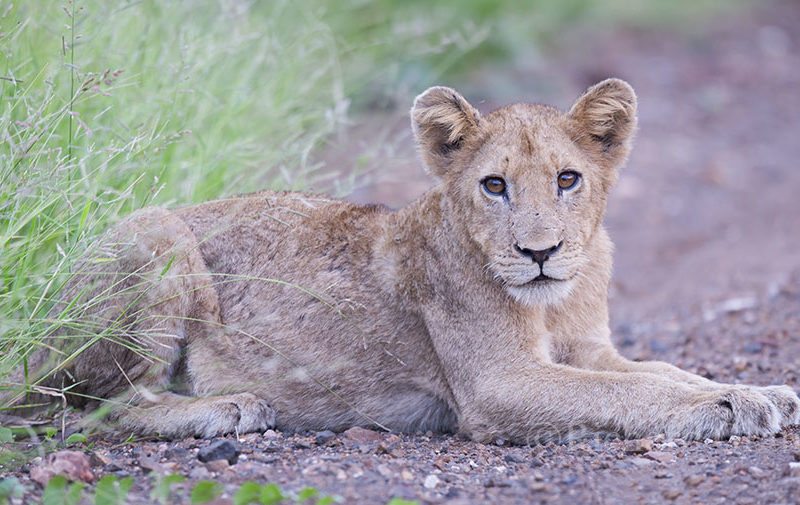

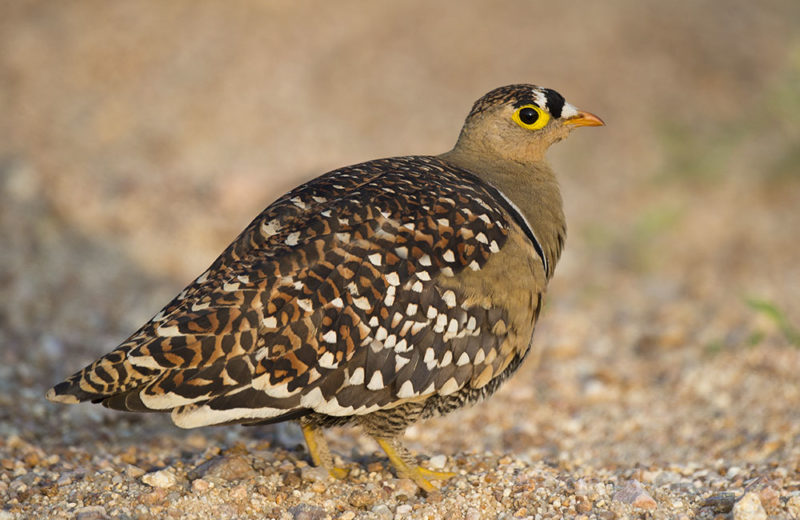
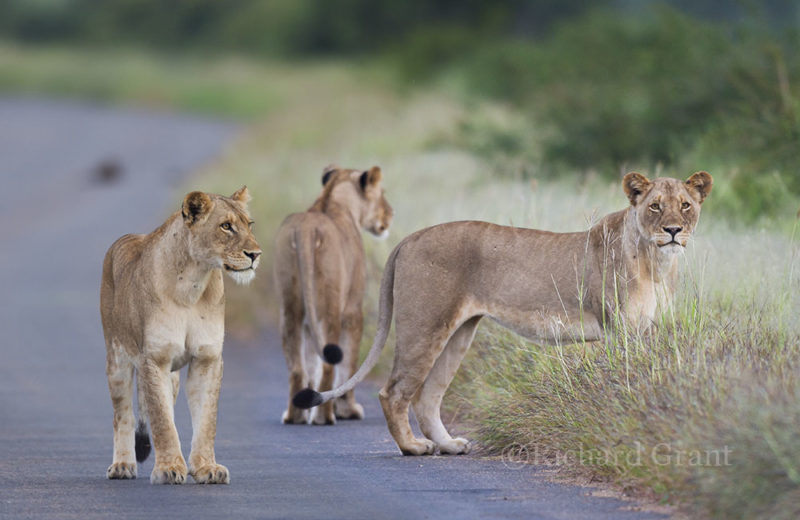
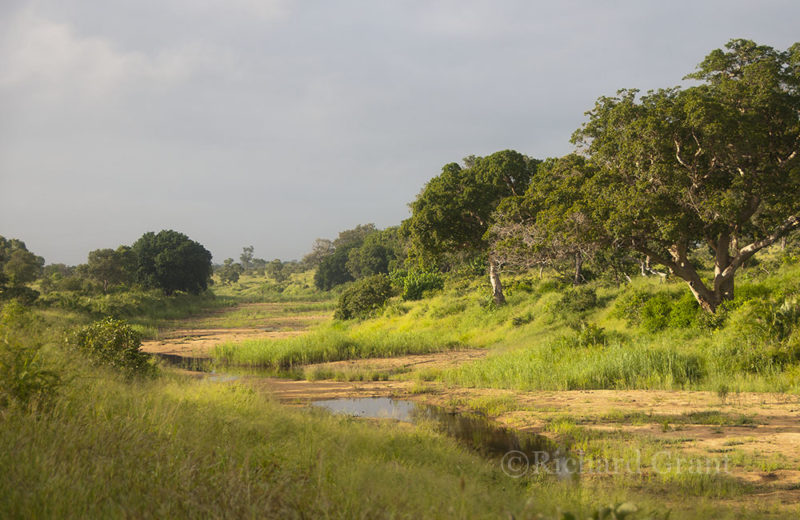
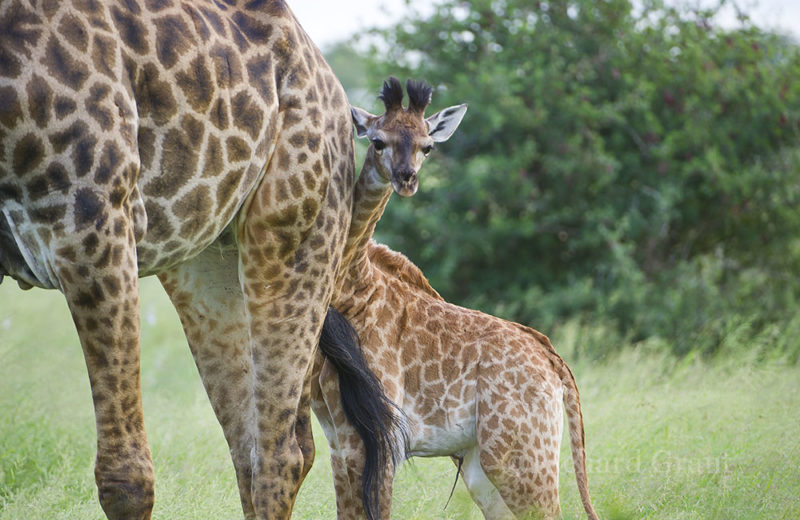
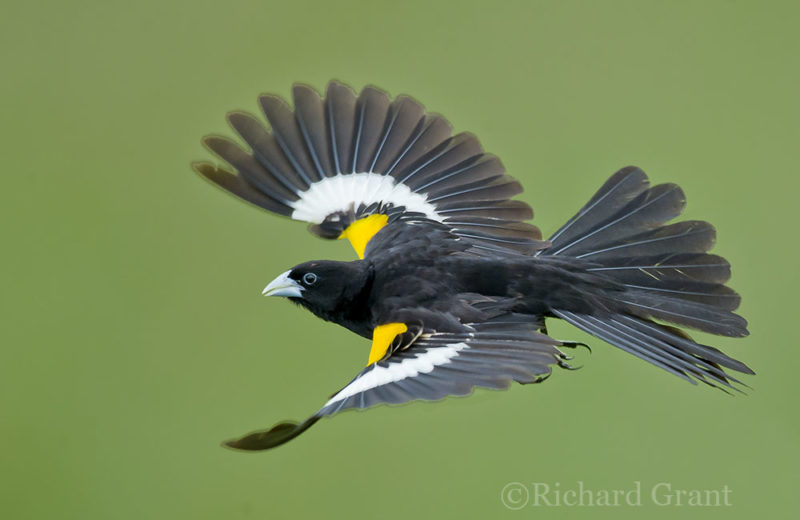

1 Comment
Richard Grant March 29, 2019 at 8:34 am
Thanks Cheryl. Yes, back into our groove.